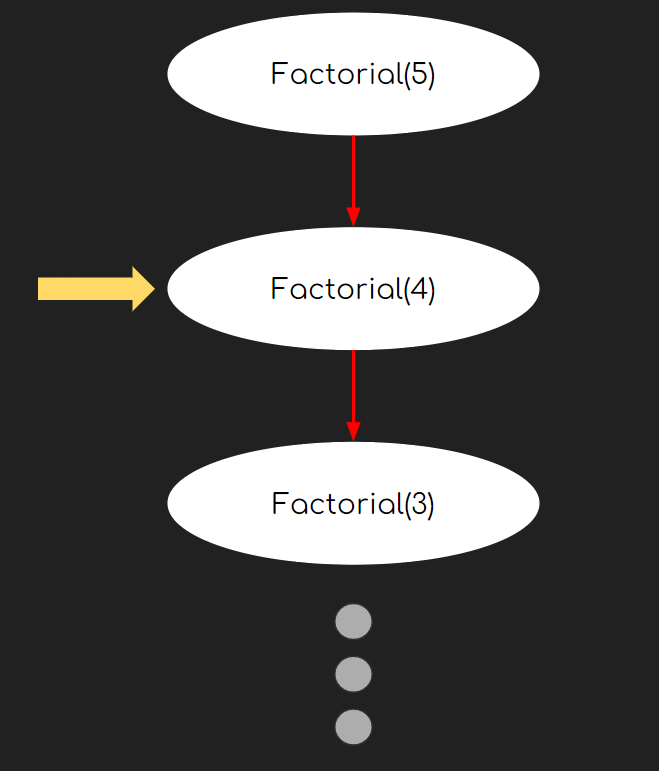Dictionaries are surrounded in what?
{} or Curly Brackets
The name of a searching algorithm that can quickly search through a sorted list of values.
Binary Search
An iterating procedure that requires a given range to call code upon the elements within it.
For Loop
If a function has a return value and hence an output, then was is guaranteed to be written within its code?
A Return Statement
What does DRY stand for?
Don't Repeat Yourself
if (x>2):
return 1
5 times
Lists can store many datatypes within itself. Is this something dictionaries can do for key and value pairs.
No, keys and values must be certain datatypes.
If you use a for loop to iterate through a dictionary, what will your element's variable be for every iteration?
A non-recursive iterating procedure that performs operations until a condition is met.
While Loop
What is the return of a function that has no return value?
None
(This is considered a "NoneType")
What is the name of Python's variable naming convention?
snake_case
What is the evaluation of the function pointed to?

24
If one iterates a for loop through range(8) what will be the value of the item/element for the last iteration?
7
(Ranges 0-7)
A dict named sports_records has key:value pairs of str:int. What would you write to double a value with a key value of "hoolas_hooped"?
sports_records["hoolas_hooped"] *= 2
What is the main difference that sets recursion apart from a while loop?
What does .pop() return?
The last element of a list
A name for a multi-line comment used to describe the fuctionality and attributes of a function/method.
A Docstring
5 times
...
print("*" * length)
bowtie(length-1) <--- Recursive Call
print("*" * length)
Write the value of the list below
li = [1] * 3
[1, 1, 1]
Immutable
What is the value of sum after the end of the loop?
sum = 0
i = 0
while (i<10):
while (i<10):
sum += 1
65
How many operations does it take binary search to find a value for a list of size n? (What is its runtime in terms of n?)
log(n)
The Main Function
def enigma(x):
if x==1:
return 1
return x * enigma(x//2)
What is the value of enigma(9)?
9 * 4 * 2 * 1 = 72
What is the syntax we need to code to use a function double() from a file named file2?
file2.double()
What function/method returns a list, of tuples containing key:values pairs of a dictionary?
.items()
sum = 0
i = 0
while (i<10):
for number in range(i):
sum += 1
i += 1
sum = 45
If we use a function change(index, value) that changes the value of an element in a really, really, large list, would we want the function to create an effect or return the list?
An effect
Give two reasons for why functions are used in code
-Reusabilty
-Shortens Code
-Abstraction
In our fill function, why can we do an empty return for our base cases in which the square cannot be filled?
We otherwise just fill the pixel, not having a return value. The return statement is used to just terminate the recursive call.